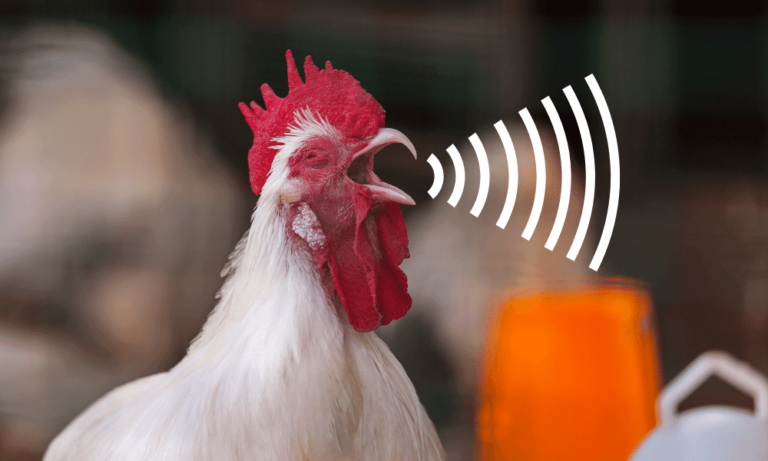The supply of firearms was a constant struggle in the infancy of gun manufacture. Before a standardized weapon was introduced most firearms were made according to the purchaser’s specifications. This led to production issues and concerns that gun manufacturers could equip enemy soldiers. Everything changed with the introduction of the “Brown Bess,” the official musket used by the British Army. The musket was a flintlock musket and could be fired at a rate of 3 rounds/minute, depending on the skill of the user.
Each individual part, from the barrel to the butt, had specific requirements which led to manufacture being the assembly of the various components. This served two purposes. One, the weapons could be replaced and repaired much more effectively and two, it took control of firearms away from individual producers. By splitting up the manufacture of parts the British government could be sure that there wouldn’t be any production funnels when they needed more weapons. For a nation who saw the majority of the 1700’s at war this was a gamechanger.
Rudyard Kipling wrote about the Brown Bess in his poem of the same name:
In the days of lace-ruffles, perukes, and brocade
Brown Bess was a partner whom none could despise -
An out-spoken, flinty-lipped, brazen-faced jade,
With a habit of looking men straight in the eyes -
At Blenheim and Ramillies, fops would confess
They were pierced to the heart by the charms of Brown Bess.
— Rudyard Kipling, "Brown Bess," 1911


